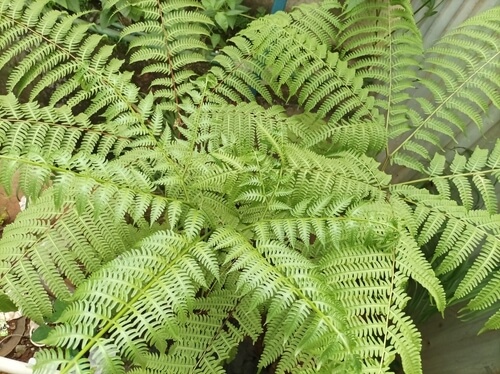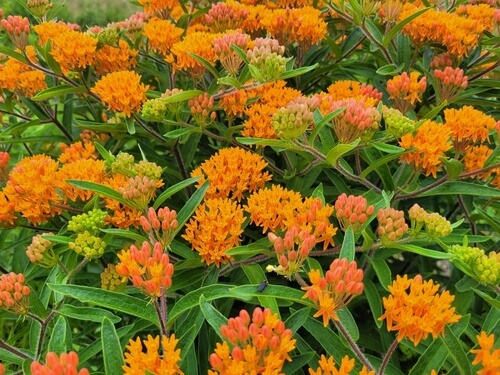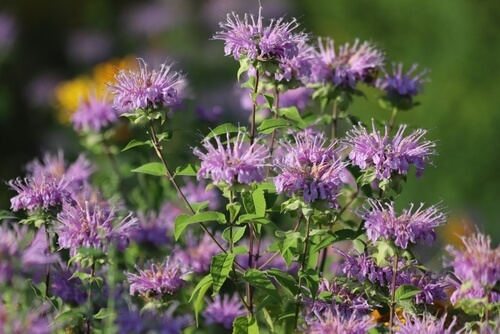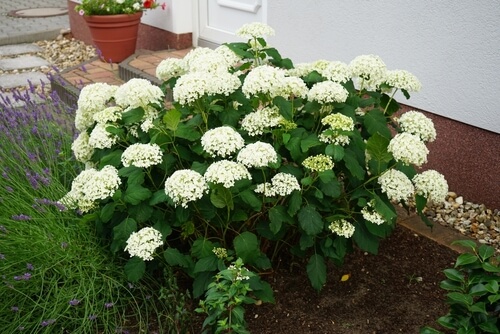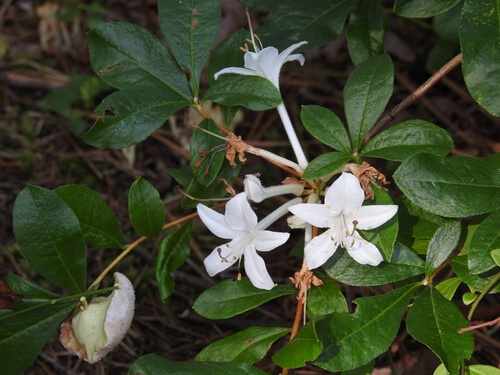6 Steps to a Sustainable Garden: Your Permaculture Gardening Guide
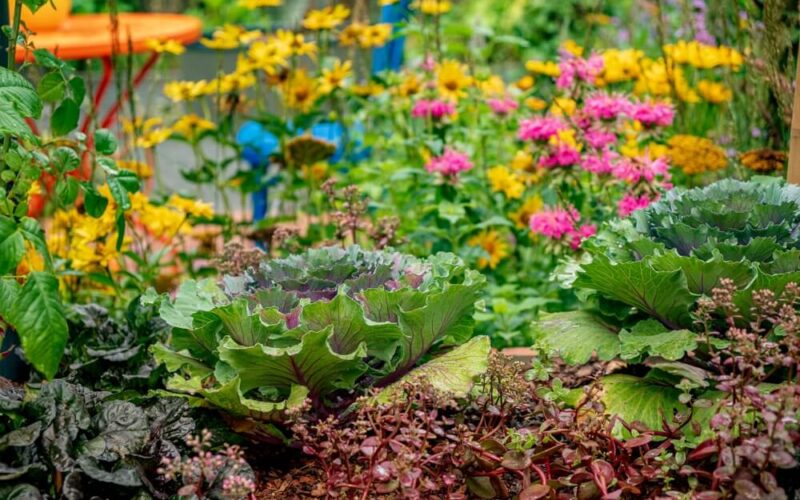
Imagine stepping into your garden and watching nature work in perfect harmony — plants thriving without constant maintenance, rich and healthy soil, and a thriving ecosystem that supports itself. Welcome to the world of permaculture, an approach that transforms your garden into a sustainable paradise. Ready to dig in with our permaculture gardening guide?
What Is Permaculture Gardening?
Permaculture comes from a combination of the words “permanent” and “agriculture.” It’s a sustainable design system created in the 1970s by Bill Mollison and David Holmgren. The focus of permaculture is to work with nature to form adaptable and diverse ecosystems that produce no waste and require little human intervention.
When applied to gardening, it’s about creating a self-sustaining landscape that exists in harmony with its surroundings. This is achieved through practices like no-till gardening, companion planting, and composting. When done correctly, you have a yard that’s resilient, low-maintenance, organic, and full of wildlife.
Traditional gardens usually take a different approach, by weeding and watering on a regular schedule and using pesticides to keep plants healthy. But permaculture lets the natural cycles take over and drive decisions. With this mindset, simple solutions are often best. You should strive to avoid pesticides, preserve the soil, and conserve water as much as possible.
12 Permaculture Gardening Principles
This permaculture gardening guide wouldn’t be complete without discussing the 12 principles of permaculture. Holmgren published these principles in 2002 and they provide a framework for applying permaculture to any part of your life.
- Observe and interact
- Catch and store energy
- Obtain a yield
- Apply self-regulation and accept feedback
- Produce no waste
- Use renewable resources and services
- Design from pattern to detail
- Integrate rather than segregate
- Use small and slow solutions
- Use and value diversity
- Use edges and value the marginal
- Creatively use and respond to change
Benefits of Permaculture Gardening
There are many benefits of permaculture gardening, both to you as the gardener and to the local ecosystem. Today we’re going to highlight the top six that make permaculture gardening a great choice to bring beauty and balance to your outdoor space.
1. Promotes Environmental Sustainability
Permaculture gardens are designed to benefit both people and the environment. They do this by not harming the local ecosystem, providing a home for pollinators, protecting natural resources, and encouraging biodiversity. This makes them self-sustaining, so the garden can adapt and regenerate all on its own.
2. Improves Soil Health
Permaculture focuses on improving soil health by adding organic matter to boost its fertility. This increases the number of beneficial organisms that live below the surface. It also reduces your reliance on chemicals, such as pesticides, which can deplete the soil over time. Instead, take advantage of natural pest control methods like companion planting.
3. Is Less Work
One of the great benefits of permaculture gardening is that it doesn’t take much work! Once you’ve established your garden, it should eventually be able to sustain itself (with only a little maintenance needed from you). This makes it perfect for a “lazy gardener.” You also end up spending less money because you don’t have to constantly replace plants or purchase pesticides.
4. Produces Less Waste
A core focus of permaculture is creating a closed loop system, which means you create a cycle that can repeat endlessly with only natural resources. All you need is a little water, sunlight, and soil for your garden to flourish. This leads to less waste because you’re letting the natural cycles take over.
Let’s see this in action. Instead of buying new plants, you can use propagation techniques to build out your garden. Are some plants struggling to survive? Use them as mulch or compost to fertilize the rest of your garden. Consider storing rainwater so you can sustainably water your plants.
5. Yields Better Food
Permaculture produces fresh, organic crops which are nutritious and free of chemicals. This makes them better for you overall because you’re not consuming pesticides. They also contain more vitamins and minerals, taste fresher, and are better for the environment.
6. Lasts Longer
The self-sustaining nature of permaculture gardens helps them last longer. When done correctly, they can practically take care of themselves, while you can reap the benefits year after year. You’ve successfully created an ecosystem that supports both the environment and your life!
Your Permaculture Gardening Guide: Getting Started
Thinking about creating your own permaculture garden, but not sure where to begin? Here are a few tips to get started, keeping in mind the 12 permaculture gardening principles we outlined above.
1. Plan Before You Plant
The first, and possibly most crucial, step in this permaculture gardening guide is to observe. Before you begin buying or planting anything, take a moment to look around. Get to know your surroundings, the climate, the terrain, and the native plants, animals, and predators. How can you work with these systems, rather than against them?
Don’t rush this planning phase. Some people even recommend taking an entire year to observe, so you can get to know your area through every season. No matter how long you take, make sure you’re thorough. Walk around your property, take notes, and identify patterns in what you see. Focus on the climate, topography, surrounding structures, soil, trees, water, and more.
2. Choose Native Plants
Now that you’ve observed, you’re ready to begin choosing plants. The best permaculture garden plants are ones that are native to your area and will grow well in the climate. Pennsylvania is home to hundreds of wildflowers, shrubs, grasses, and vegetables that will make your garden thrive. Perennials are some of our favorites because they’ll come back year after year.
When picking plants, remember to incorporate companion planting. This is where you pair complementary plants together because they benefit each other. Some plants attract helpful insects, others deter pests, and some even improve the flavor of those around them.
Promote diversity by choosing a variety of plants that all support each other. This also helps balance your soil! Not sure what the best companions are? Here is a cheat sheet to help you as you plan your permaculture garden design.
Shop Flowers and Plants Online
3. Design With Intention
When you’re deciding where to create your permaculture garden, there are a lot of factors to consider. Ensure your plot has access to water and sunlight, and is convenient for you. You should think holistically—where can you place your garden so it will thrive in nature, while also supporting your lifestyle?
Of course, your permaculture garden design will depend on how much space you have. With a smaller yard, consider creating a container garden or herb spiral. For a larger property, you can expand your crops. Remember to group plants with similar needs together and let them help each other. If one plant likes the shade, grow it behind taller shrubs and grasses.
4. Prep the Soil
Permaculture gardening and healthy soil go hand in hand. To enrich your soil with organic matter and nutrients, you need to invest some time in preparation.
The biggest step is to add compost. By introducing organic matter into your soil, you’re fueling the building blocks for a healthy and thriving garden. The compost will feed your permaculture garden plants and make the soil fertile. You can maintain this by mulching with straw, leaves, or grass clippings and letting this layer decompose on the surface.
Avoid tilling the soil. This helps maintain the soil structure, improves water retention, reduces soil loss, and is better for the worm and insect populations underneath.
5. Water Sustainably
With your other gardens, you may be used to watering on a regular schedule. But with permaculture, we want to be mindful of waste and overwatering. Instead, let your plants tell you when they need water. This ties back to tip one: observing. By recognizing the signs and patterns in your plants, you can create a better environment for them to grow.
Another way to test if your garden needs water is by pulling back the mulch and checking the soil. When it’s time to water, focus on the roots, not the leaves. Water less frequently, but more deeply than normal. We also recommend collecting rainwater to use for your garden. This way, nothing goes to waste.
6. Use What You Have
The last tip of our permaculture gardening guide is to reuse what you already have. This may require some creativity on your part, but that’s part of the fun! Here are some ways you can use items you probably already have lying around:
- Using grass clippings as mulch
- Composting with kitchen scraps
- Producing new plants through propagation, rather than buying
- Using fallen branches as stakes for taller plants
- Collecting rainwater to water your plants
With these six tips, you’re ready to begin your very own permaculture garden! We have everything you need to get started at your local Stauffers of Kissel Hill.



